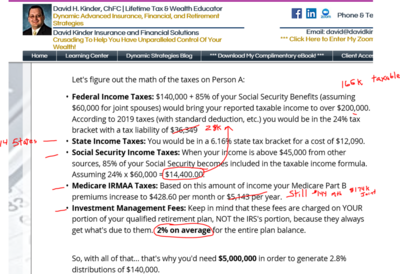- 11,555
But that's okay. I'm done on this thread.
Everyone here seems to have ALL the answers... so I won't reply any further.
I've already given away far more than I had intended... and I can tell who has bothered to do the math and who hasn't.
Everyone here seems to have ALL the answers... so I won't reply any further.
I've already given away far more than I had intended... and I can tell who has bothered to do the math and who hasn't.


